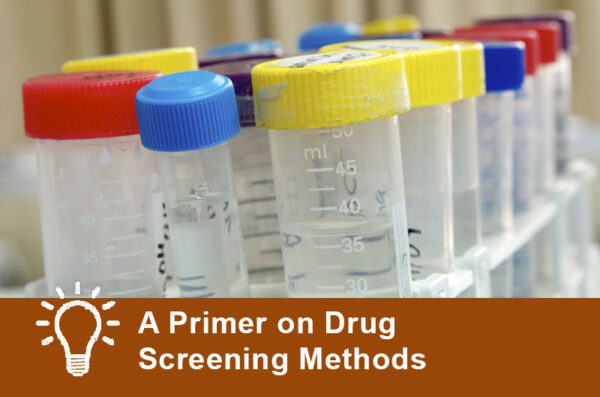Articles Tagged with ''addiction''
Coffee: Healthy Study Aid or the Addiction We Hate to Acknowledge?
Rehan Aziz, MD.
Associate professor of psychiatry and neurology, Rutgers Robert Wood Johnson School of Medicine.
Dr. Aziz has disclosed that he has no relevant financial or other interests in any commercial companies pertaining to this educational activity.
Read More
Alcohol Use Disorder Meds in Older Adults
Rehan Aziz, MD, FAPA
Associate Professor of Psychiatry and Neurology, Rutgers Robert Wood Johnson Medical School
Dr. Aziz has disclosed that he has no relevant financial or other interests in any commercial companies pertaining to this educational activity.
Read More
Substance Use Disorder in Older Adults
 David Oslin, MD
Professor of Psychiatry, Philadelphia Veterans Affairs Medical Center and the University of Pennsylvania Medical Center
Dr. Oslin has disclosed that he has no relevant financial or other interests in any commercial companies pertaining to this educational activity.
David Oslin, MD
Professor of Psychiatry, Philadelphia Veterans Affairs Medical Center and the University of Pennsylvania Medical Center
Dr. Oslin has disclosed that he has no relevant financial or other interests in any commercial companies pertaining to this educational activity.
Low-Risk Drinking Limits: What Should We Tell Older Adult Patients?
Thomas Jordan, MD, MPH
Contributing writer to the Carlat newsletters
Dr. Jordan has disclosed that he has no relevant financial or other interests in any commercial companies pertaining to this educational activity.
Read More
Opioids Not Superior to Other Medicines for Some Chronic Pain
Rehan Aziz, MD
Dr. Aziz has disclosed that he has no relevant financial or other interests in any commercial companies pertaining to this educational activity.
Read More
Sleep Apnea in Patients With Substance Use Disorders: A Primer
Rehan Aziz, MD
Associate Professor of Psychiatry and Neurology, Rutgers University—Robert Wood Johnson Medical School
Dr. Aziz has disclosed that he has no relevant financial or other interests in any commercial companies pertaining to this educational activity.
Read More
Treating Insomnia With Addiction
 Eric Hermes, MD
Assistant Professor, Department of Psychiatry, Yale School of Medicine, New Haven, CT
Dr. Hermes has disclosed that he has no relevant financial or other interests in any commercial companies pertaining to this educational activity.
Eric Hermes, MD
Assistant Professor, Department of Psychiatry, Yale School of Medicine, New Haven, CT
Dr. Hermes has disclosed that he has no relevant financial or other interests in any commercial companies pertaining to this educational activity.
Non-Addictive, Pharmacological Options for Sleep
Daniel Carlat, MD
Publisher, The Carlat Addiction Treatment Report
Dr. Carlat has disclosed that he has no relevant financial or other interests in any commercial companies pertaining to this educational activity.
Read More





_-The-Breakthrough-Antipsychotic-That-Could-Change-Everything.jpg?1729528747)



